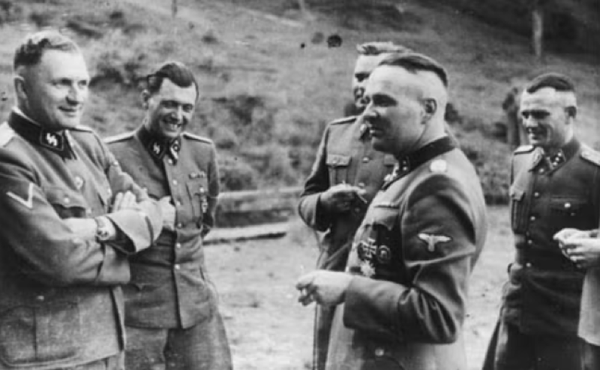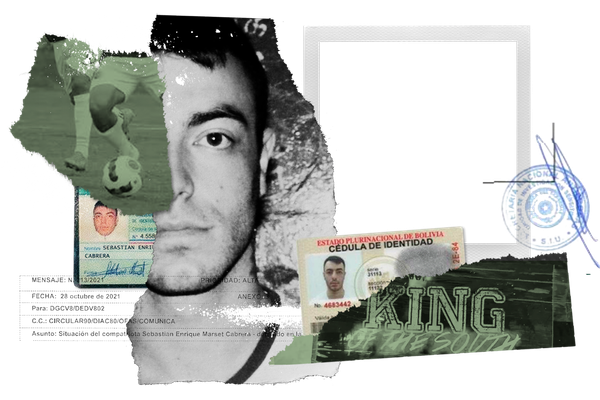A violent murder in Indiana and a child left on death row
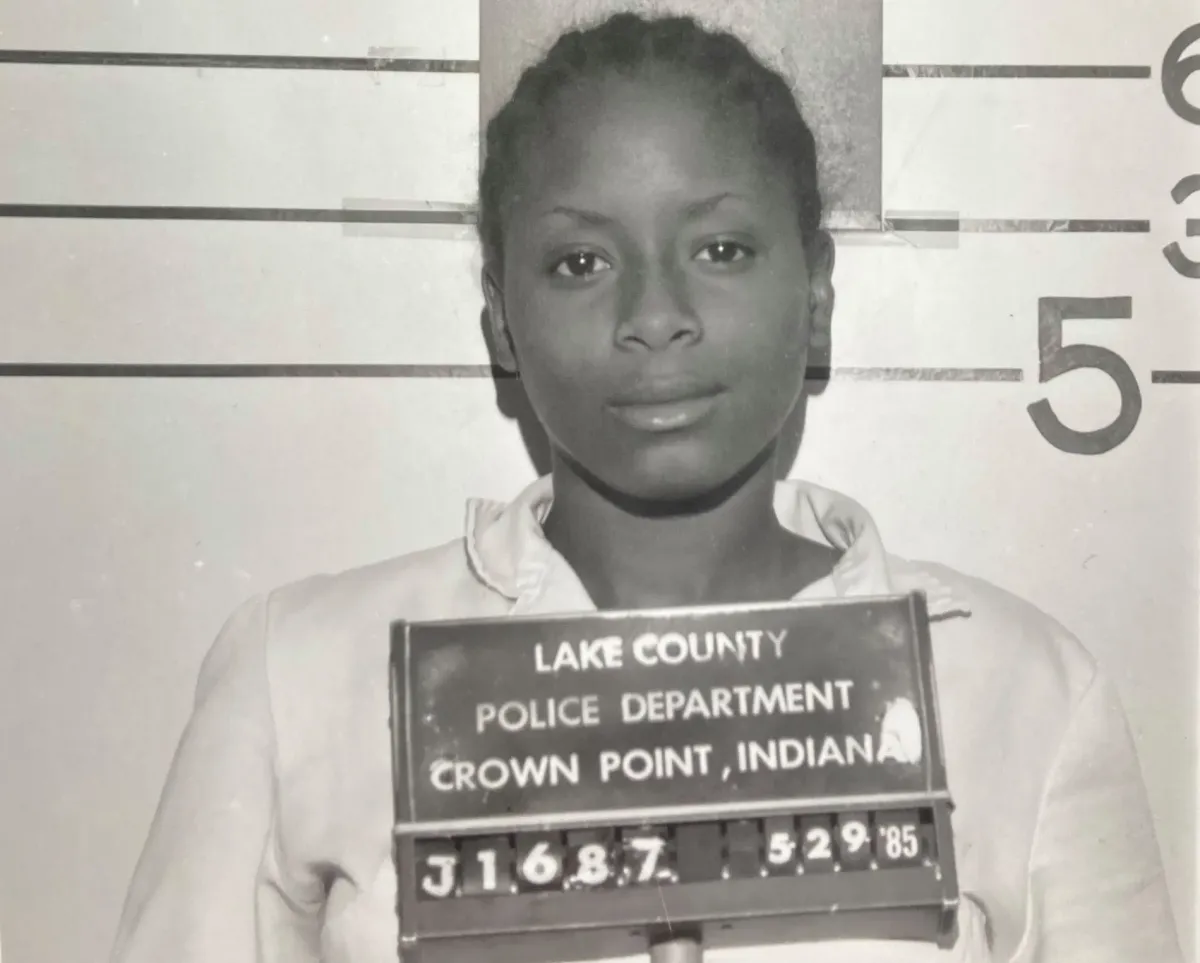
From Alex Mar for The Guardian: "In the spring of 1985, Paula Cooper was 15 and on her lunch break at Lew Wallace high school in Indiana. She and her friends Karen and April decided to skip their afternoon classes and head over to Candyland Arcade around the corner. Karen was Paula’s best friend at school. At 16, Karen was a large girl, often out of breath; everyone called her Pooky, maybe because of her sweet face. She had a child, who was three, and he mostly stayed at home with her godmother. April, too, was pregnant – though she could still hide it. April mentioned an old woman who lived in the house just behind hers, the home of Ruth Pelke. April told them she was a Bible teacher, an elderly white woman, and that, since her husband’s death, she had lived alone."
The mysterious death of Lord Kitchener

From Jeremy Paxman at the Financial Times: "On a sunny day, Marwick Head is a glorious place to be. At the top of the headland stands a squat, crenellated tower. Almost 50ft high and visible for miles, it has no obvious function – too fat to be a lighthouse, too small to be a castle. A stone panel explains: “This tower was raised by the people of Orkney in memory of Field Marshall Earl Kitchener of Khartoum. He and his staff perished along with the officers and nearly all the men of HMS Hampshire on 5th June, 1916.” Though it is hardly remembered at all today, the wreck of the Hampshire was seen at the time as little short of a national disaster. Hundreds of men perished that night, among them the best-known soldier in the English-speaking world. The conspiracy theories began almost at once. How could such an important figure, in the full protection of the greatest navy in the world, be dead?"
Dekotora: The decorated trucks of Japan

From Julie Glassberg at The Guardian: "Recently, I have been following an alternative culture in Japan called Dekotora. I started this project when I was living in Japan in 2015 and went back in 2019 to continue. Dekotora has a duality of attraction and repulsion: attraction, as it revolves around heavily decorated trucks full of colours and lights; repulsion, as people don’t know much about it, besides the visual aspect, and the truckers tend to have a “bad boy” reputation. Dekotora stands for “dekoreshon torakku” which is the Japanese version of “decorated truck”. This culture started in the 70s. Initially, trucks were painted for advertising purposes: for example, a truck selling fish from Hokkaido would have a traditional painting showing so."
Editor's note: If you like this newsletter, I'd be honoured if you would help me by contributing whatever you can via my Patreon. Thanks!
Marie Curie and the Polish resistance
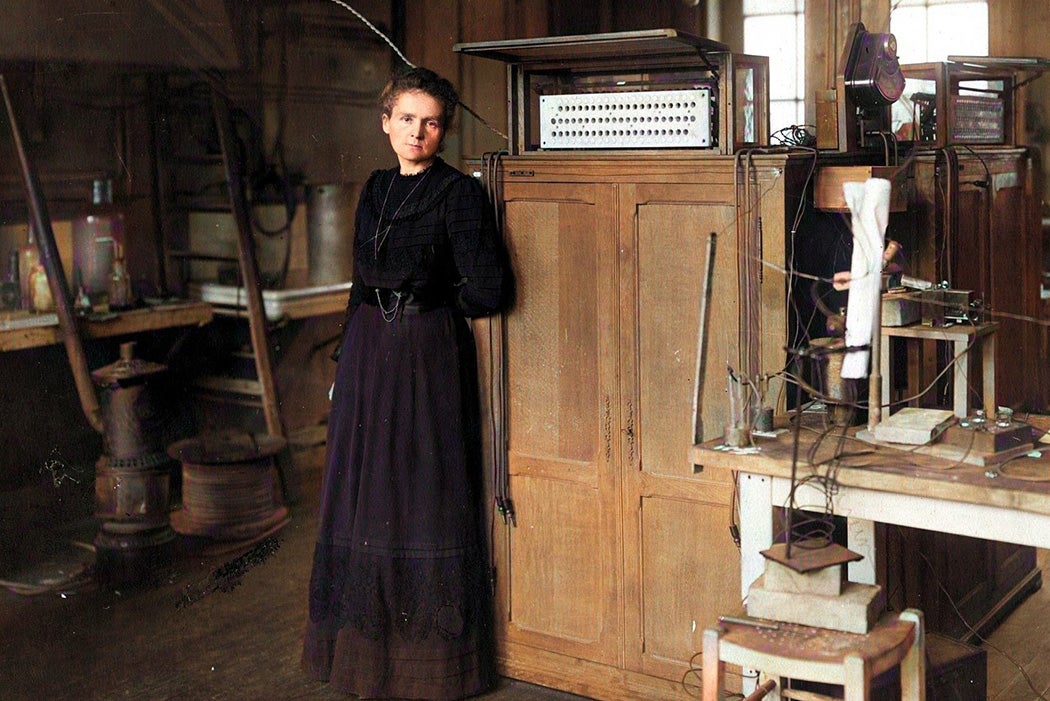
From Emily Zarevich at JSTOR Daily: "Marie Curie won two Nobel Prizes, for physics and chemistry. Most people know that. But few know about her efforts to resist the Russian Empire’s control of a region in partitioned Poland in the nineteenth century. Her activism revolved primarily around the preservation of the Polish language, under threat from Russian imperialism. In 1886, Curie – then known as Marie Skłodowska – went to work for a wealthy family as a governess, or female private tutor, for their children. Both an educator and Polish nationalist at heart, she refused to let any child within her reach pass through their childhood without being competent in the Polish language. She taught Polish reading and writing not only to her official charges, but to the children of local peasants and factory workers as well."
What it's like to live in Chicago, the bird-strike capital of the world

From Ben Goldfarb for Biographic: "Chicago, among the largest and brightest cities within North America’s Midwestern flyway, is especially lethal—both during spring migration and again in fall, when the survivors fly south. The millions of artificial lights that glow across the Windy City present as a galaxy of false stars, confusing migrant birds that orient themselves by starlight and enticing them toward the glassy buildings below. In 2019, researchers at the Cornell Lab of Ornithology ranked Chicago the country’s most perilous city for birds—a metropolis that doubles as an ecological trap. Some architects and building managers have taken measures to protect birds, and politicians have tried to alleviate the crisis through laws and regulations."
Leonardo Da Vinci invented the lift lock mechanism used in the Panama Canal
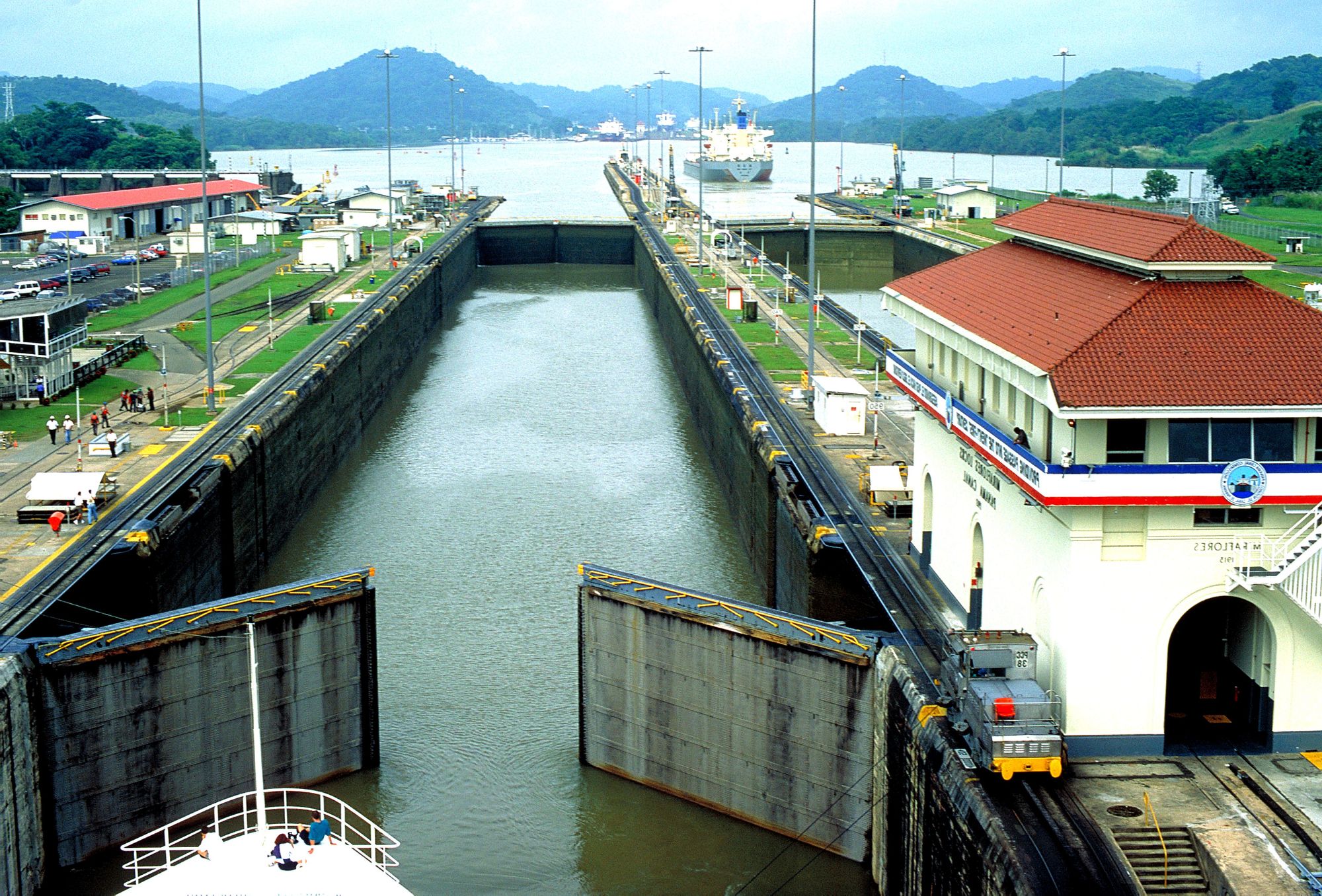
From Open Culture: "Leonardo died roughly four centuries before the Panama Canal broke ground. But that its mechanism works at all owes to one of his many inventions: the miter lock, documented in one of his notebooks from 1497. The design involves “two V-shaped wooden gates” attached with hinges to the sides of a river. Given their shape, the water flowing through the river naturally forces the gates to close, one side forming a neat joint with the other. Inside, “as the water level rises, the pressure on the gate increases,” which seals it even more tightly. To facilitate re-opening the “perfect watertight lock” thus formed, Leonardo also specified a set of sluice valves in the gates that can be opened to even out the water levels again."
The hungry tree that gradually ate a bench
The Hungry Tree has slowly consumed this bench in the last 150 years.
— Massimo (@Rainmaker1973) November 8, 2023
📍King’s Inns, Dublin, Ireland 🇮🇪
[📹 remnantsofourpast]pic.twitter.com/MSW5a7iTcy
